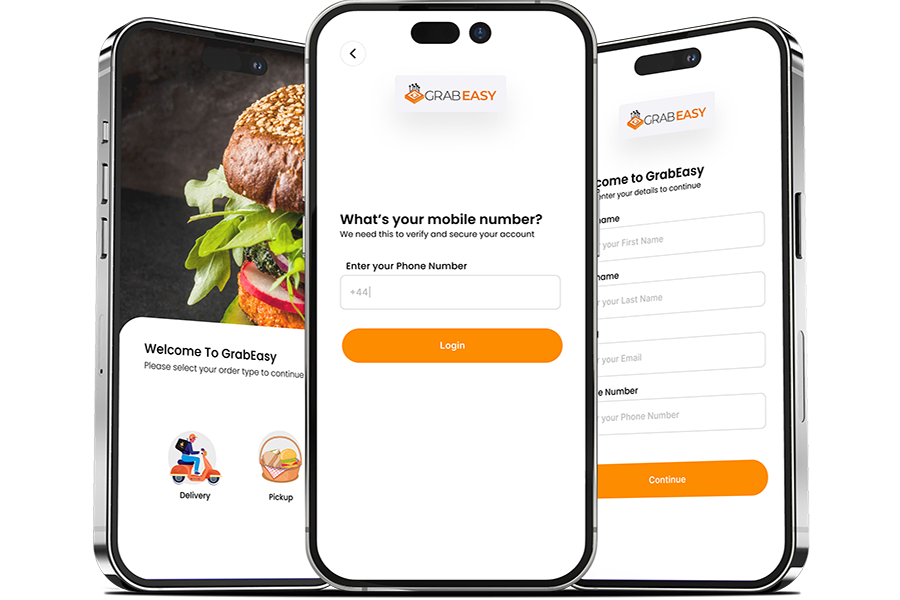Mobile app design is the creative process of designing a mobile application’s visual and interactive elements. It focuses on creating a seamless and enjoyable user experience, ensuring that the app is visually appealing and easy to navigate and use.
A well-designed mobile app should look good but more importantly, provide a seamless, intuitive experience for the user. Unlike desktop screens, mobile devices offer limited screen space, which requires designers to approach mobile app design strategically.
Instead of viewing limited real estate as a restriction, designers can transform it into an asset by focusing on simplicity, clarity, and efficiency to create a streamlined, user-friendly experience.
5 UI Principles for Best Mobile App Design

Designing a mobile phone application is a mixture of art and science, to create a successful mobile app design, the following are the key principles to keep in mind.
Simplicity is the Key
There is a design principle that says that “Less is more” means more simplicity within the application will make the experience better and more appealing. Once you keep the important stuff on the screen, your design will be memorable, focused, and user-friendly.
Grabeasy has a team of developers with a solid foundation in creating visually appealing and user-focused mobile applications. Get your aesthetic-looking restaurant mobile application today!
Consistent Mobile App Design
Consistency throughout the mobile application for the restaurant or any business creates a bond of trust. Once your user, opens up the application and sees the fonts, icons, buttons, and overall design consistent, it will create a perception of professionalism within your user’s mind and make you quickly familiar with your application. This consistency shouldn’t just be superficial; it should extend to interactions, gestures, and feedback mechanisms, creating an entire design ecosystem.
Strong Feedback
Imagine tapping a button and getting no response. Without feedback, users are left guessing whether their action was registered. Every interaction—be it a swipe, tap, or click—should trigger a response, whether it’s a subtle animation, a color shift, or haptic feedback. These micro-interactions not only reassure users that their actions have been acknowledged but also add a touch of personality to the app, enhancing the overall user experience.
Push Notifications
Push notifications are a double-edged sword in mobile app design. When used thoughtfully, they engage and inform users; however, overuse or poorly timed alerts can lead to frustration and even app uninstalls. Striking the right balance is key: an effective push notification strategy respects user preferences, considers time zones, and aligns with individual interaction patterns.
Notifications should deliver real value—whether as updates, reminders, or relevant information. Providing options for users to customize their notification settings enhances their experience and fosters long-term app engagement.
Push notifications are one of the highlighted features of GrabEasy custom mobile application so your customer never misses any updates about new products, deals, and promotions.
Better Readability
Text is a primary means of communication in apps, making typography, font size, and contrast essential design elements. The text should stand out clearly against its background, ensuring users can easily read content without straining.
With limited screen space on mobile devices, readability becomes even more critical; fonts and sizes should be chosen to ensure clarity, even at a glance. While an app may look visually appealing, its usability hinges on legible text—after all, if users can’t easily read the content, retaining their engagement becomes a challenge.
Conclusion
Designing a mobile application that truly stands out works on balancing aesthetics and functionality. It is highly important to create a lasting impact in your user’s mind.
Follow these guidelines and observe some real-world examples to understand the real-world applications of these principles. Expert Tips for Improving Your Mobile App Design








